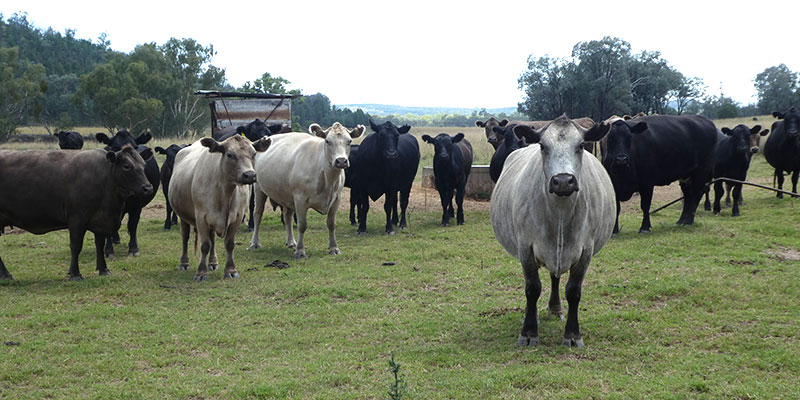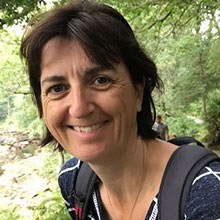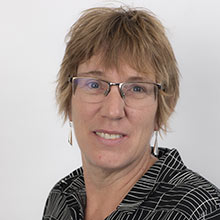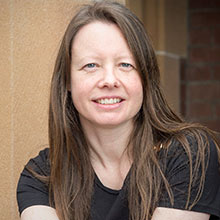
Development and application of Earth Observation to support reductions in methane emission from agriculture
The research will focus initially on developing an emissions' framework for CH4.
It will lead to the development and stepwise completion of a framework by which technology can be effectively used to inform, evaluate and verify greenhouse gas emissions, and potential emission reductions, from the agricultural sector. This knowledge will be invaluable in supporting the development of policy towards net-zero emissions by 2050.
Objectives
- Identify key Australian stakeholders related to agricultural CH4 emissions.
- Improve the accuracy and usability of Australian emission inventories.
- Identify EO data, both current and future, that can be used to improve our understanding of CH4 emissions and their atmospheric transport to evaluate emission inventories.
Work packages
We will conduct four broad programmes of work:
- WP1 will conduct stakeholder mapping to identify key stakeholders in areas of emission sources, policy, knowledge and understanding to reduce emissions.
- WP2 will further develop the national-scale emission inventory (previously developed within the EO4AgroClimate project) as a spatially gridded inventory and incorporate additional interventions and consequences of behavioural change of particular relevance to Australia (ie pasture rotation and import/export).
- WP3 will focus on identifying and collating new EO data that can be used to improve quantification and future, ongoing monitoring, of CH4 emissions.
- WP4 will utilise these EO data in atmospheric chemical transport modelling to improve assessments of emission sources and their transport, which can be used to evaluate the emission inventorying and assess the emission reduction potentials of interventions (thus informing policy).
- Identify key stakeholders and map their knowledge, attitude, influence, and impact in relation to CH4 emissions from agriculture. Interviews will be conducted and questionnaires distributed to identify the magnitude, spatial distribution and awareness of current agricultural CH4 emissions across Australia and the policy-relevant actors and processes active in efforts to reduce CH4 (and other GHG) emissions from agriculture across Australia.
- Identify and map the knowledge and attitude of ‘commercial’ stakeholders with influence and impact on CH4 emissions from livestock across Australia (eg agri-business, livestock producers (especially large-scale beef and dairy feedlots), agricultural extension workers). This work will seek to understand the barriers to implementation of emission reduction interventions (eg knowledge, awareness, resource and incentives).
- Identify and map the influence and impact of relevant ‘policy’ stakeholders involved in CH4 (and GHG) emission reductions to understand current policy actors, tools and processes used across Australia and the role of civil society, NGOs, and government in developing and implementing such policy.
We use an integrated assessment (IA) agricultural emissions model (Malley et al., 2021) to estimate Australian agricultural CH4 emissions for the current day and 2050 based on a supply and demand of agricultural products consumed and traded with Australia. Several on-farm management interventions (eg improving feed digestibility, feed supplements, and higher meat value) are explored to determine their effect on emission reduction. Changes to Australia’s relatively ‘meat heavy’ diet are also explored.
This emissions inventory provides a key component of the EOforCH4 modelling framework to estimate and evaluate CH4 emissions from the Australian agricultural sector. This framework combines emission inventory data with atmospheric chemistry inverse modelling (WP4) and satellite data assimilation (WP3) to develop improved ‘posterior’ emissions. The framework also incorporates use of the ADOPT model (Kuehne et al. 2017) to estimate time to peak adoption and peak adoption rates to understand the barriers to implementing on-farm management CH4 interventions. Together it is intended that this framework will help identify policy support to on-farm management that might enhance emission reductions as well as define the dietary transition that might be required to allow Australia’s net zero targets to be realised.
References
- Kuehne, G., Llewellyn, R., Pannell, D.J., Wilkinson, R., Dolling, P., Ouzman, J., Ewing, M. (2017) Predicting farmer uptake of new agricultural practices: A tool for research, extension and policy. Agricultural Systems 156 115-125. DOI 10.1016/j.agsy.2017.06.007
- Malley, C.S., Hicks, W.K., Kulyenstierna, J.C., Michalopoulou, E., Molotoks, A., Slater, J., Heaps, C.G., Ulloa, S., Veysey, J., Shindell, D.T. and Henze, D.K., (2021). Integrated assessment of global climate, air pollution, and dietary, malnutrition and obesity health impacts of food production and consumption between 2014 and 2018. Environmental Research Communications, 3(7), p.075001. DOI 10.1088/2515-7620/ac0af9





